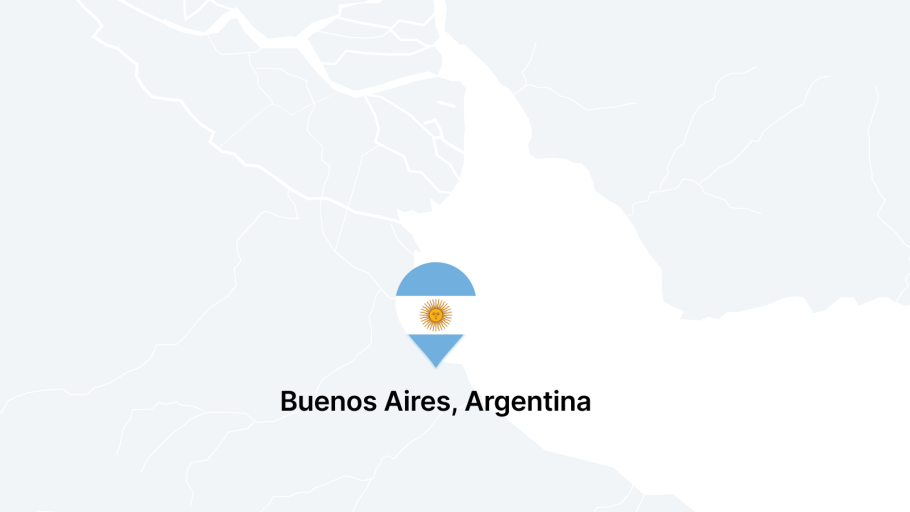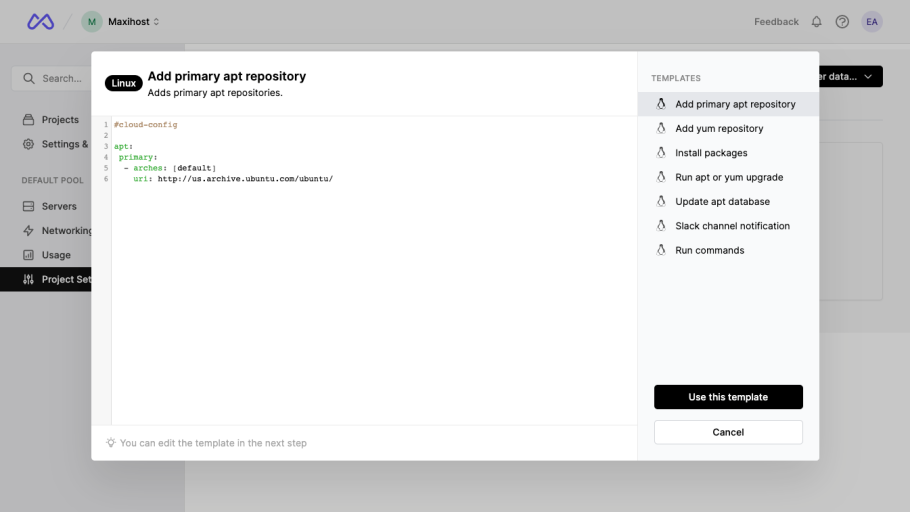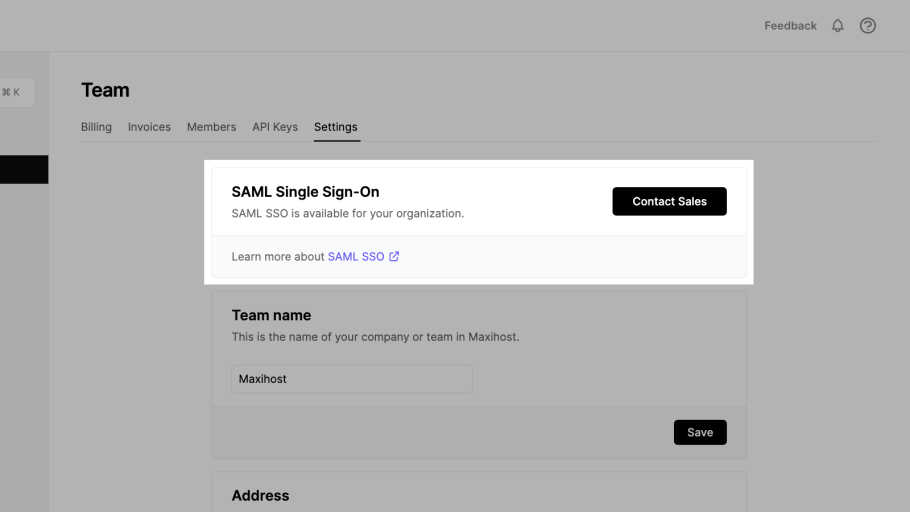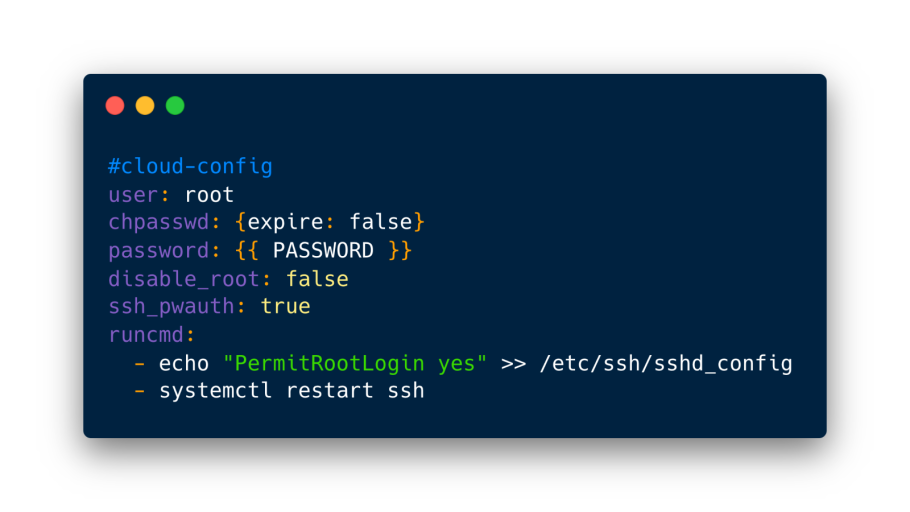Changelog

Buenos Aires, Argentina, is now available
Buenos Aires, Argentina, is our most requested location and has been running for a few months as a Custom region for Custom Deployments. Today, we're excited to extend server availability in Buenos Aires to all customers.
We're starting with the c2.small.x86 instance, with more instances coming later this year.

General improvements
Invoices page: Improvements to detailed invoices make it easier to determine how much each resource costs.
Server create date: The server page shows when you deployed the server.
Credentials: We've improved how credentials are shown in the dashboard, and now show which SSH keys the server was deployed with. There's also a one-liner you can quickly copy to log in to your server.
Hostname edit: You can now edit the hostname of a server from the server details page and through the API.

User data templates
User data templates give you a quick start when creating your scripts. We‘ve added templates for common use cases, like updating packages and sending Slack notifications to check in a new or reinstalled device with your team.
Get started by going to Project Settings → User data → Create from template
Check out the documentation as well.

SAML Single Sign-On now available
Teams can now use their identity provider to log into Latitude.sh with SAML Single Sign-On. All major identity providers are supported, including Okta, Active Directory, OneLogin, and Auth0, and can be configured by going to the Settings section of the Settings & Billing page.
There's an optional Directory Sync feature, allowing teams to automatically sync users form a directory provider, adding and removing users automatically based on changes happening in your IAM.
Contact Sales to learn more, and check out the documentation.

Run code on a server's first boot with User Data scripts
User data are small scripts that run on a server's first boot, letting you quickly customize a new server the first time it boots after its deployment.
With user data, you can easily change the root password, notify of a new deployment on Slack, install packages, and more with just a few lines of code.
Check out the documentation as well.